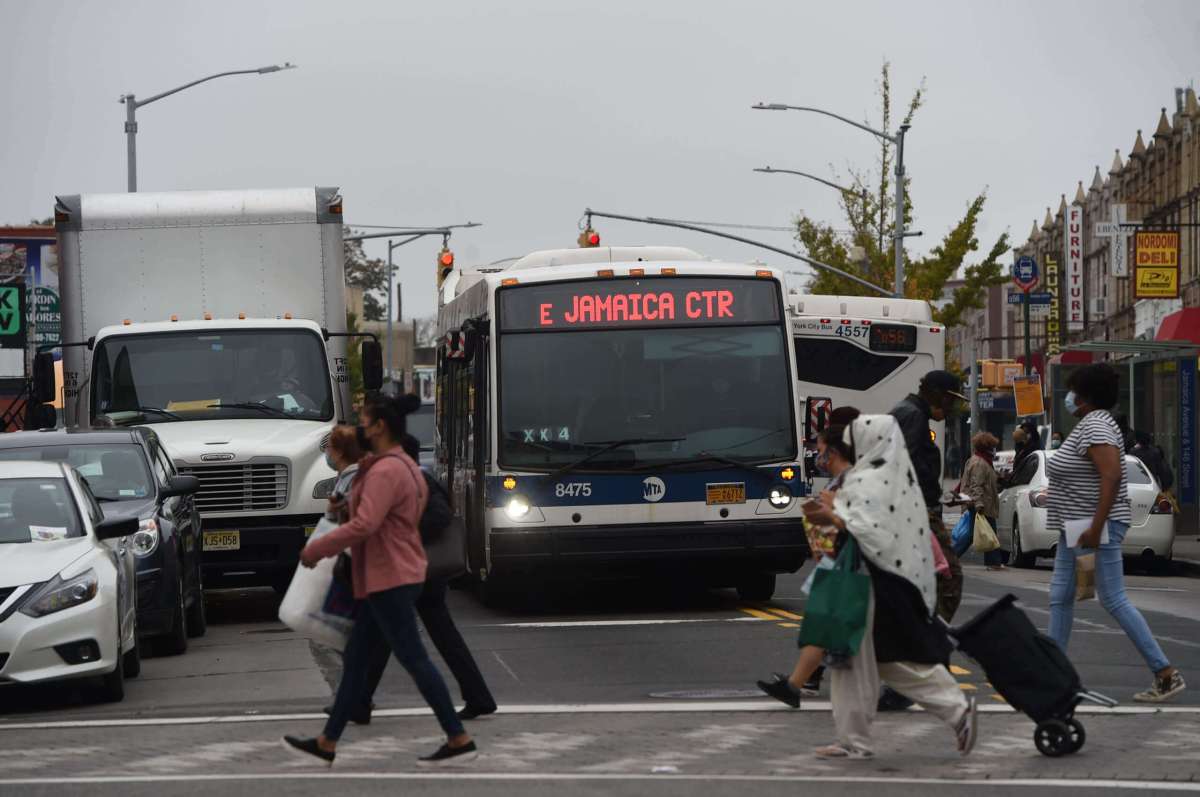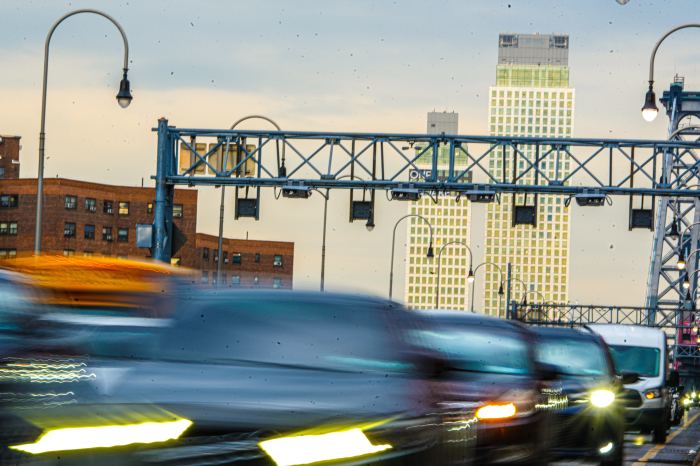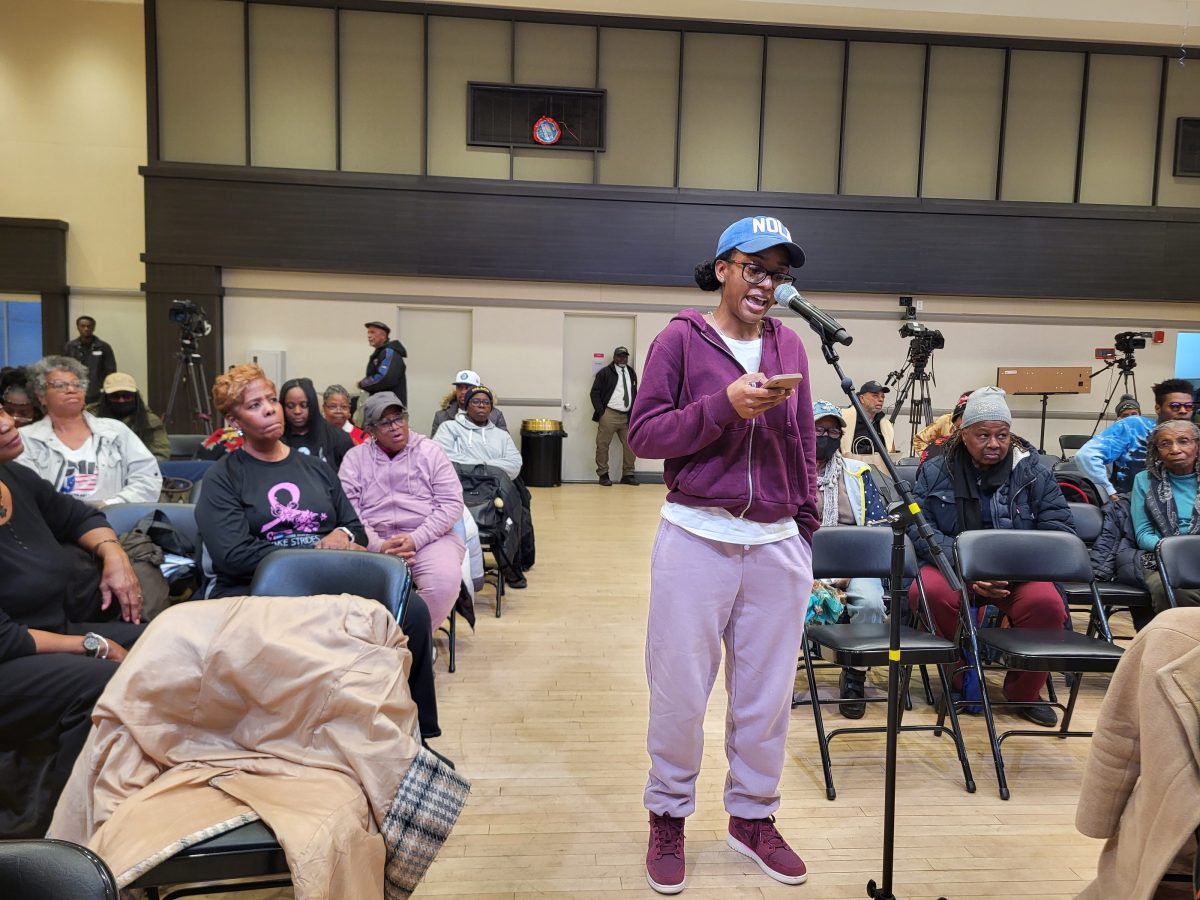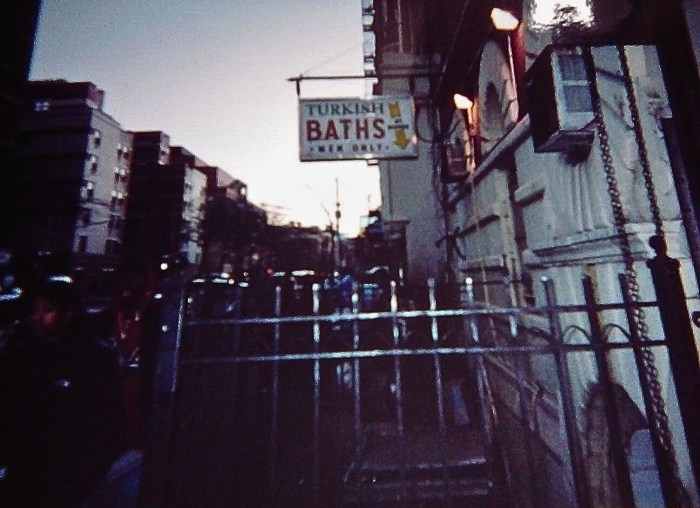The final plan for the Queens bus network redesign will be released next year, according to MTA officials.
MTA planners will incorporate feedback they collected from the public in 40 sessions over the past months for the overhaul of the World’s Borough’s sprawling bus system.
“The team will spend the next several months incorporating stakeholder input, revising our proposals, and preparing draft schedules. We expect the proposal final plan will be published in 2023,” read MTA documents published ahead of this week’s monthly board meetings.
The agency unveiled a draft plan in late March for the massive update aiming to make buses faster and more straightforward than in the current network, which officials called a “confusing labyrinth” tracing bygone trolleys and competing private bus companies that predate the MTA.
The new proposal, itself reworked from a previous 2019 draft the MTA shelved during COVID, increases the total number of routes from 82 to 85, including 20 new ones and 11 that will be consolidated into other new or existing lines.
The agency plans to space stops further apart in order to speed up travel times, which will lead to a net loss of 1,685 stations, or about 34% of the network. Each eliminated stop cuts travel times by about 20 seconds, according to transit officials.
Distance between stops will grow from about 850 feet on average to around 1,400 feet. In effect, buses won’t stop at every other block or so as is currently the case, but they will travel faster thanks to the spacing, which MTA dubs bus stop balancing.
A transit booster lauded the MTA for setting a clearer timeline for the Queens redesign, but called on the agency to step on it.
“The longer we’re waiting for the redesign, the longer we’re waiting for faster and more reliable service — that’s the bottom line,” said Danny Pearlstein, the advocacy group Riders Alliance.
“Part of that work certainly involves listening to riders and visiting individual communities — and of course that takes time,” said Pearlstein. “But the longer riders have to wait, the worse service people have to endure in the meantime and the clock for the final redesigns should be ticking.”
The MTA restarted its borough-by-borough bus network redesigns in August 2021 after a nearly year-and-a-half pandemic pause, beginning with the Bronx, where new routes took effect in June.
Staten Island’s express bus network was the first to get an upgrade back in 2018 under then-New York City Transit President Andy Byford, who spearheaded plans to modernize the Big Apple’s public transportation system.
Transit officials plan to release a long-awaited draft redesign plan for Brooklyn by the end of the year.
The MTA won’t be done with all the boroughs until 2026, five years later than officials had originally expected, blaming the COVID outbreak for the setback.
Recent citywide bus speeds averaged 8.2 miles per hour in July and August, 1% faster than pre-pandemic levels, according to the latest stats in the MTA board documents.
Brooklyn and Queens had the worst rate of trips that ran within five minutes on schedule, and transit leaders hope that an additional 300 buses equipped with cameras to catch scofflaw drivers blocking bus lanes will help speed up the people movers.
“Bus lane enforcement is mission-critical to improve journey times and bring bus riders back to the system,” read the board books.



































